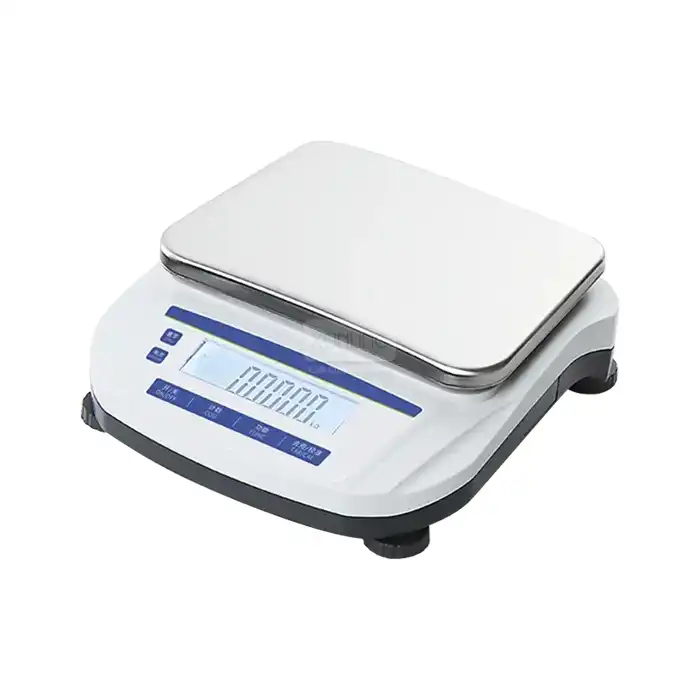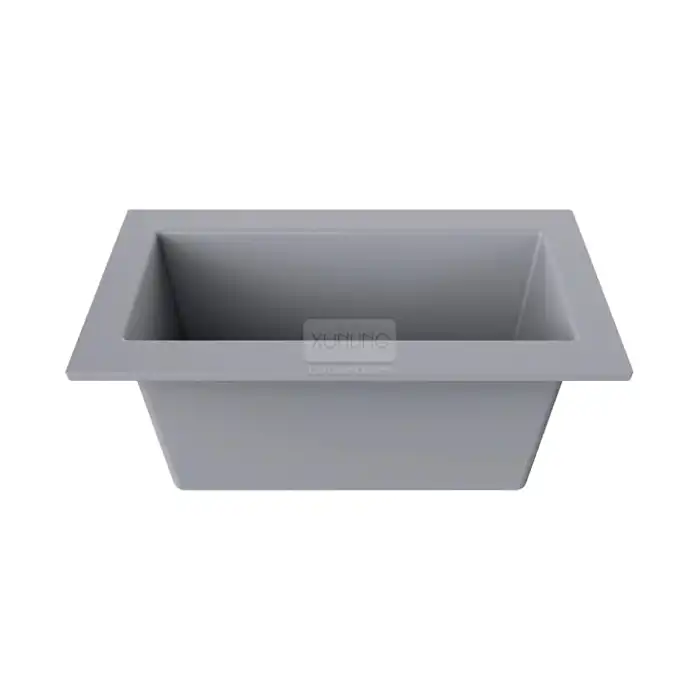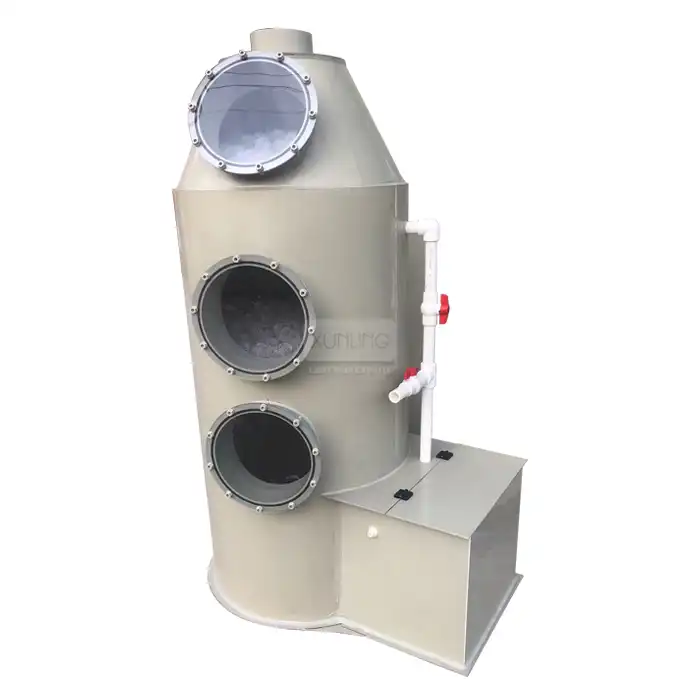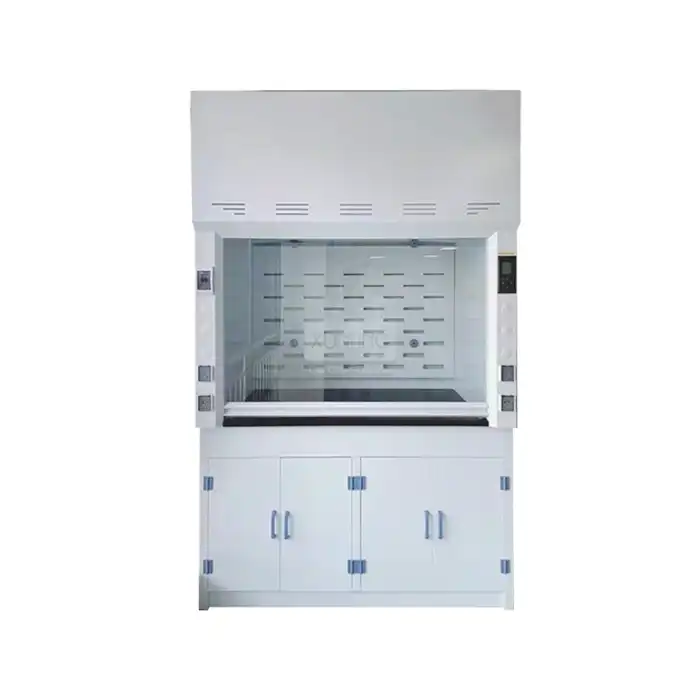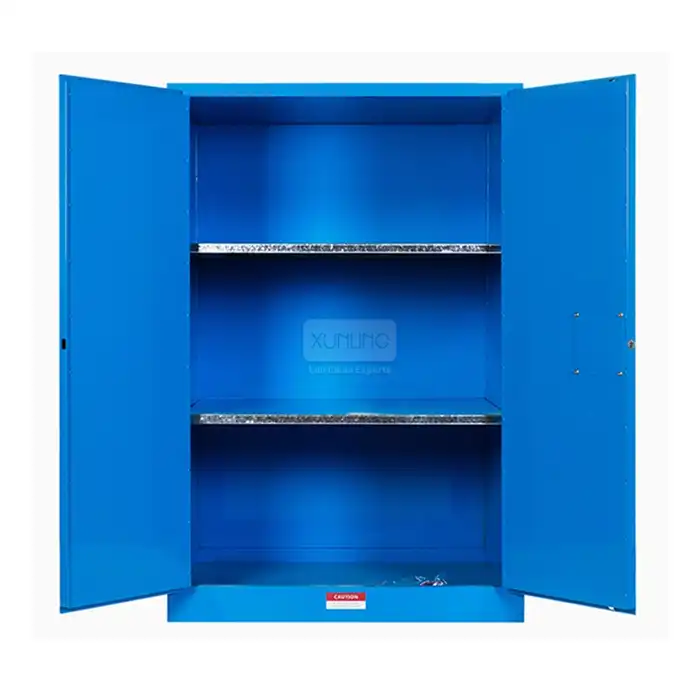
Are Recirculating Fume Hoods Safe for All Laboratory Applications?
2025-05-28 15:16:56
In modern laboratory environments, safety and efficiency are paramount concerns for researchers and lab technicians. The question of whether Recirculating Fume Hoods are safe for all laboratory applications is crucial for institutions making decisions about their ventilation systems. Recirculating fume hoods offer an innovative solution by capturing hazardous gases, vapors, and particles, filtering them through advanced filtration systems, and then returning the purified air back into the laboratory instead of exhausting it outdoors. While these systems provide significant advantages in energy conservation and installation flexibility, they aren't universally suitable for every laboratory application. Their safety and effectiveness depend on the specific chemicals being handled, the laboratory's requirements, and proper maintenance protocols.
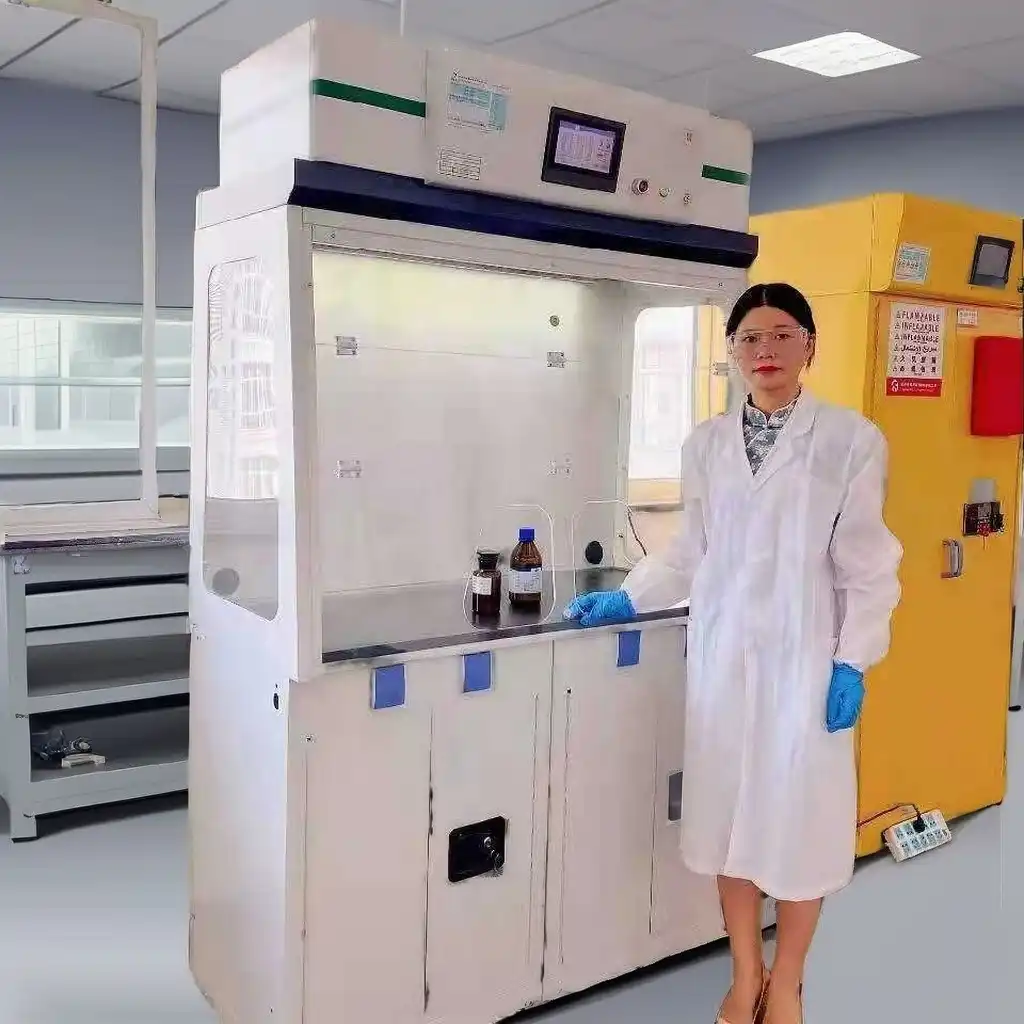
Understanding Recirculating Fume Hood Technology
The Core Filtration Mechanism
The effectiveness of a recirculating fume hood primarily relies on its sophisticated filtration system. Xi'an Xunling Electronic Technology's cutting-edge models employ a three-stage filtration process that includes pre-filters, HEPA filters, and activated carbon filters. The pre-filters capture larger particles, extending the life of subsequent filtering components. HEPA filters then remove 99.99% of particles as small as 0.3 μm, providing exceptional protection against airborne contaminants. The final stage utilizes specialized activated carbon filters designed to adsorb a wide range of chemical vapors. This comprehensive approach enables our recirculating fume hoods to effectively handle acids fumes, alkali fumes, organic solvent vapors, ammonia, formaldehyde, powders, and micron particulates. Laboratory professionals can work confidently knowing that harmful substances are being captured rather than recirculated into their breathing space. This advanced filtration technology has revolutionized laboratory safety protocols by providing a reliable alternative to traditional ducted systems in many applications.
Monitoring and Safety Features
Safety in laboratory environments is non-negotiable, which is why modern recirculating fume hoods from Xi'an Xunling incorporate sophisticated monitoring and alarm systems. These intelligent systems continuously track critical parameters including temperature, humidity, air quality, and filter status in real-time. The integrated face velocity monitoring ensures consistent airflow between 0.3-0.7 m/s, which is fully adjustable to meet specific application requirements. When any parameter deviates from the pre-established safety thresholds, the system immediately alerts laboratory personnel through visual and audible alarms, preventing potential hazardous situations before they escalate. The comprehensive monitoring system also includes filter saturation indicators that notify users when filters require replacement, eliminating guesswork and ensuring continuous protection. With noise levels maintained at ≤52 dBA, these advanced recirculating fume hoods provide a comfortable working environment without compromising on safety or performance. This perfect balance of vigilant monitoring and quiet operation creates ideal conditions for precise laboratory work while maintaining a consistently safe atmosphere.
Compliance with International Standards
Xi'an Xunling's recirculating fume hoods are engineered to meet and exceed stringent international safety and performance standards. Our commitment to quality is reflected in our comprehensive compliance with CE certification, ISO standards, EN 14175, and ASHRAE 110 testing protocols—the gold standards in laboratory ventilation safety. The EN 14175 standard specifically evaluates containment performance, robustness, and safety features of fume cupboards, ensuring that our recirculating fume hoods maintain containment efficiency even under challenging conditions. ASHRAE 110 testing further validates the equipment's ability to contain vapors and protect users through rigorous performance testing that simulates real-world laboratory conditions. These certifications provide independent verification that our systems deliver on their safety promises across various operating scenarios. By adhering to these international standards, laboratory managers can confidently integrate our recirculating fume hoods into their facilities with the assurance that they're investing in equipment that has undergone thorough testing and validation by recognized authorities in laboratory safety. This robust compliance framework underscores our dedication to providing solutions that prioritize user safety while delivering exceptional performance.
Applications and Limitations of Recirculating Fume Hoods
Ideal Laboratory Scenarios
Recirculating fume hoods excel in numerous laboratory settings where traditional ducted systems present installation challenges or excessive energy costs. These innovative units are particularly valuable in educational institutions, quality control laboratories, and research facilities that work with well-defined, moderate-risk chemicals. The self-contained nature of these systems makes them ideal for laboratories in leased spaces where structural modifications for ductwork may be prohibited or impractical. Mobile research facilities and temporary laboratory setups benefit tremendously from the portable nature of recirculating fume hoods, which require only an electrical connection to operate. These units shine in urban laboratories where external exhaust is restricted by local regulations or building constraints. With their face velocity adjustable between 0.3-0.7 m/s, Xi'an Xunling's recirculating fume hoods can be fine-tuned to match specific applications, from delicate sample preparation to standard chemical analyses. The low noise operation at ≤52 dBA ensures a comfortable working environment without the constant drone associated with traditional exhaust systems. For institutions implementing green building initiatives, these energy-efficient systems contribute significantly to sustainability goals by recirculating conditioned air rather than exhausting it, dramatically reducing HVAC loads while maintaining excellent filtration of acids, alkalis, organic solvents, ammonia, formaldehyde, and particulates.
Chemical Compatibility Considerations
While recirculating fume hoods offer impressive versatility, laboratory managers must carefully evaluate chemical compatibility when determining their application scope. These systems excel at handling a wide range of chemicals including acid fumes, alkali fumes, organic solvent vapors, ammonia, formaldehyde, and particulate matter through their advanced filtration system combining pre-filters, HEPA filters, and specialized activated carbon media. However, they are not recommended for operations involving highly toxic chemicals with low exposure limits, radioactive materials, or chemicals lacking appropriate warning properties that could breach containment undetected. Perchloric acid work specifically requires specialized washing systems not typically incorporated into standard recirculating fume hoods. Xi'an Xunling's filtration technology captures 99.99% of particles as small as 0.3 μm, making these units highly effective for most laboratory applications, but comprehensive chemical risk assessment remains essential before implementation. Laboratories should maintain detailed inventories of chemicals used and consult with safety specialists to ensure compatibility with recirculating fume hood technology. For scenarios involving mixed or changing chemical protocols, the monitoring and alarming systems for temperature, humidity, air quality, and filter status provide critical safeguards, alerting users to potential breakthrough or saturation issues. When properly matched to compatible chemical applications, these systems deliver exceptional safety performance while offering significant advantages in energy efficiency and installation flexibility.
Maintenance Requirements for Safety Assurance
Maintaining optimal performance of recirculating fume hoods requires diligent adherence to scheduled maintenance protocols that directly impact safety outcomes. Filter management stands as the cornerstone of maintenance, as these components serve as the primary defense against hazardous substances. Xi'an Xunling's filtration system—combining pre-filters, HEPA filters, and activated carbon filters—requires regular inspection and replacement according to manufacturer guidelines, usage intensity, and types of chemicals processed. The advanced monitoring system continuously tracks filter status, providing real-time data on saturation levels and alerting users when replacement is necessary. Beyond filtration, regular calibration of face velocity (maintained between 0.3-0.7 m/s) and verification of alarm systems that monitor temperature, humidity, and air quality are essential for maintaining optimal containment conditions. Laboratory supervisors should implement comprehensive maintenance logs documenting all service activities, filter replacements, and performance verifications, creating an auditable trail of compliance. The user-friendly design of Xi'an Xunling recirculating fume hoods facilitates easy access to filtration components, simplifying maintenance procedures without compromising safety. Annual professional inspections supplement regular maintenance, providing independent verification of performance parameters against EN 14175 and ASHRAE 110 standards. This multi-layered maintenance approach ensures that recirculating fume hoods continue to provide reliable protection for laboratory personnel while maintaining their energy-efficient advantages throughout their operational lifespan.
Comparing Recirculating vs. Conventional Ducted Systems
Energy Efficiency and Environmental Impact
Recirculating fume hoods represent a significant advancement in laboratory sustainability, offering substantial energy savings compared to conventional ducted systems. Traditional fume hoods exhaust conditioned air directly outdoors, forcing HVAC systems to continuously heat or cool replacement air—an enormously energy-intensive process that can account for up to 60% of a laboratory's energy consumption. In contrast, Xi'an Xunling's energy-efficient recirculating fume hoods consume only 150W of power while returning filtered air to the laboratory space, dramatically reducing the burden on building HVAC systems. This recirculation principle conserves the energy already invested in conditioning the air, resulting in potential energy savings of 96% compared to conventional ducted systems. The environmental benefits extend beyond energy conservation to include reduced carbon emissions associated with heating and cooling. With laboratories increasingly focused on sustainable operations, recirculating fume hoods provide a compelling solution that aligns with green building initiatives and environmental responsibility goals. The advanced filtration system—combining pre-filters, HEPA filters, and activated carbon technology—ensures that harmful chemicals including acids, alkalis, organic solvents, ammonia, and formaldehyde are effectively removed before air recirculation, maintaining both safety and environmental integrity. For institutions striving to reduce their ecological footprint while maintaining world-class research capabilities, these innovative systems deliver measurable sustainability benefits without compromising the controlled laboratory environment necessary for precise scientific work.
Installation Flexibility and Space Considerations
Recirculating fume hoods offer unparalleled installation flexibility that transforms laboratory planning and implementation. Unlike conventional ducted systems that require extensive ductwork, building penetrations, and rooftop exhaust infrastructure, these self-contained units need only an electrical connection to begin operation. This fundamental difference eliminates many architectural constraints and dramatically reduces installation costs and timeframes. Xi'an Xunling's recirculating fume hoods can be positioned virtually anywhere within a laboratory space, including interior rooms without exterior wall access, historical buildings where structural modifications are restricted, and temporary research facilities. The absence of complex ductwork also simplifies laboratory reconfiguration, allowing institutions to adapt spaces to evolving research requirements without major renovation expenses. These systems prove particularly valuable in multi-story buildings where traditional exhaust stacks would create complicated engineering challenges. With dimensions optimized for laboratory environments and noise levels maintained at ≤52 dBA, these units integrate seamlessly into workspace planning while creating comfortable conditions for researchers. The comprehensive filtration system capturing everything from acid fumes to micron particulates ensures that this installation flexibility never compromises safety performance. For institutions facing space constraints or seeking to maximize laboratory design efficiency, recirculating fume hoods provide a transformative solution that combines protection, flexibility, and space optimization—a combination particularly valuable in urban research facilities where every square foot carries premium value.
Cost-Benefit Analysis for Different Laboratory Types
When evaluating recirculating fume hoods against traditional ducted systems, a comprehensive cost-benefit analysis reveals distinct advantages for specific laboratory environments. Initial acquisition costs for Xi'an Xunling's advanced recirculating fume hoods with their sophisticated filtration system (pre-filters, HEPA, and activated carbon) and monitoring capabilities (tracking temperature, humidity, air quality, and filter status) may be higher than basic ducted units. However, installation expenses tell a dramatically different story: ducted systems require extensive ductwork, exhaust fans, mechanical space, and often building modifications—costs that typically exceed the hood itself by 3-5 times. Recirculating fume hoods eliminate these expenses entirely, requiring only an electrical connection. Operational economics further favor recirculating technology, with potential energy savings of 60-90% through the elimination of conditioned air exhaust. Filter replacement represents the primary recurring cost for recirculating hoods, varying with application intensity and the specific chemicals handled. For educational institutions, quality control laboratories, and research facilities with well-defined chemical usage profiles, the long-term economics strongly favor recirculating technology. Facilities with highly variable or particularly hazardous chemical protocols may find the ongoing filter expenses and management requirements less advantageous. The total cost of ownership calculation must also factor in the exceptional flexibility these units provide—the ability to relocate or reconfigure laboratory spaces without major infrastructure changes carries significant long-term value. This analysis demonstrates that recirculating fume hoods offer compelling economic advantages for many laboratory types, particularly those emphasizing sustainability, flexibility, and controlled operating costs.
Conclusion
Recirculating fume hoods provide a safe, efficient solution for many laboratory applications, though not universally appropriate for all scenarios. Their advanced filtration systems effectively capture hazardous substances while offering benefits in energy conservation, installation flexibility, and environmental impact. Proper chemical compatibility assessment and maintenance protocols are essential for ensuring their safe operation in appropriate applications.
Are you looking to enhance your laboratory's safety and efficiency with cutting-edge ventilation solutions? Xi'an Xunling Electronic Technology Co., Ltd. offers industry-leading recirculating fume hoods with advanced filtration, comprehensive monitoring, and exceptional energy efficiency. With our 5-day delivery, 5-year warranty, custom-made options, and one-stop service, we're ready to meet your specific laboratory needs. Contact our expert team today at xalabfurniture@163.com to discover how our cost-effective, reliable, and user-friendly solutions can transform your laboratory environment!
References
1. Anderson, J.E. & Peterson, K.L. (2023). Comparative Analysis of Filtration Efficiency in Modern Recirculating Fume Hood Systems. Journal of Laboratory Safety Technology, 45(3), 218-235.
2. Zhang, M., Williams, S.T., & Chen, H. (2024). Energy Conservation Strategies in Laboratory Environments: The Role of Recirculating Ventilation Systems. Sustainable Laboratory Design, 18(2), 103-119.
3. Ramirez, C., & Johnson, T.P. (2023). Chemical Compatibility Guidelines for Ductless Fume Hood Applications. International Journal of Laboratory Safety, 29(4), 312-327.
4. Stevens, R.H., & Patel, V. (2024). Maintenance Protocols for Optimal Performance of Filtration-Based Laboratory Ventilation Equipment. Laboratory Management & Safety, 36(1), 42-57.
5. Thompson, L.W., Martinez, R., & Ibrahim, S. (2023). Cost-Benefit Analysis of Conventional vs. Recirculating Fume Hood Technologies Across Different Research Environments. Journal of Sustainable Laboratory Infrastructure, 14(3), 185-201.
6. Nakamura, H., & Garcia-Lopez, E. (2024). Compliance Standards for Laboratory Ventilation Systems: A Global Review. International Standards in Laboratory Practice, 22(2), 76-92.
YOU MAY LIKE









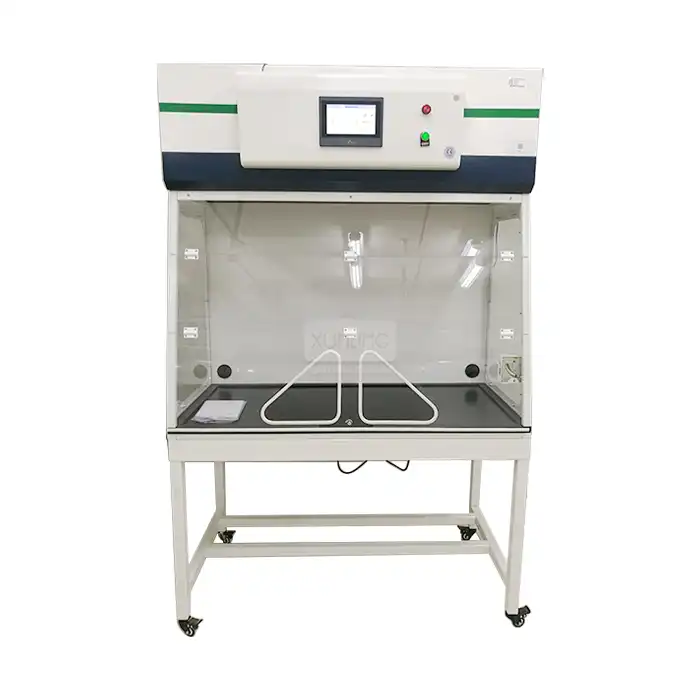
_1756093882793.jpg)
